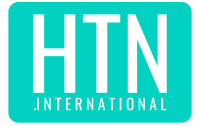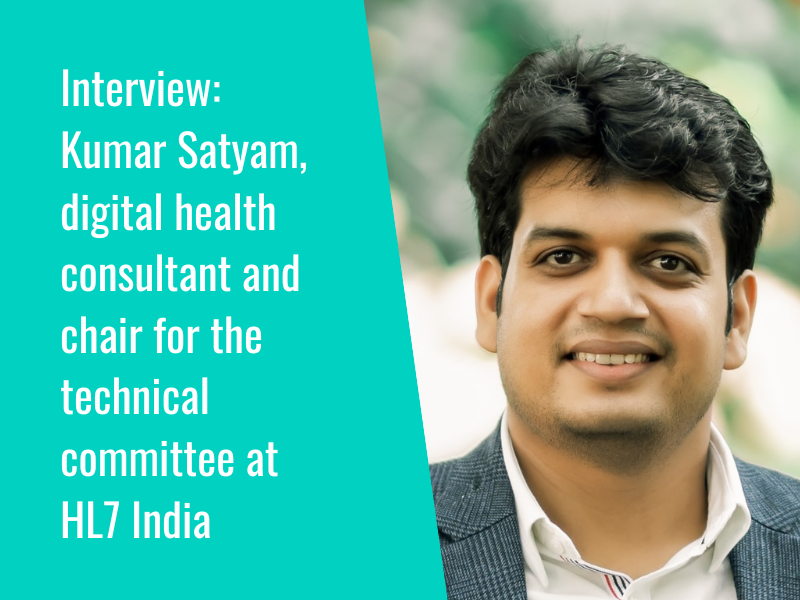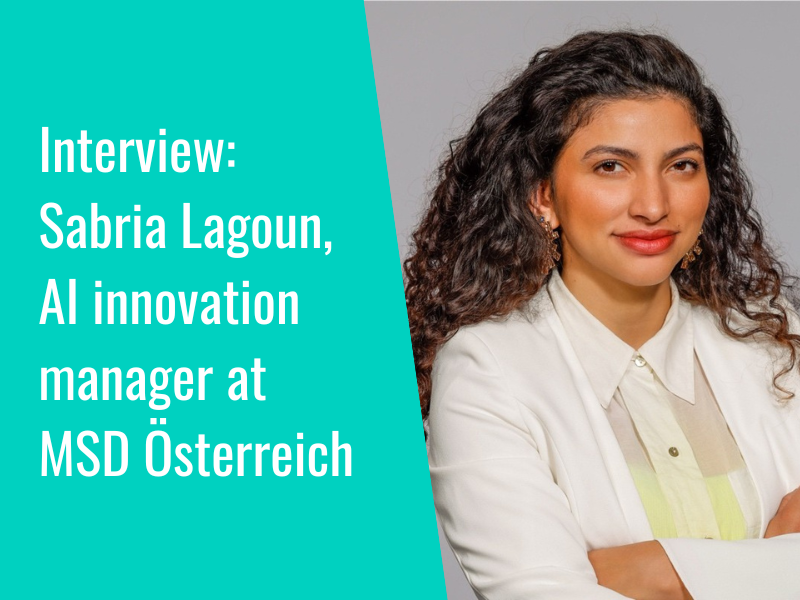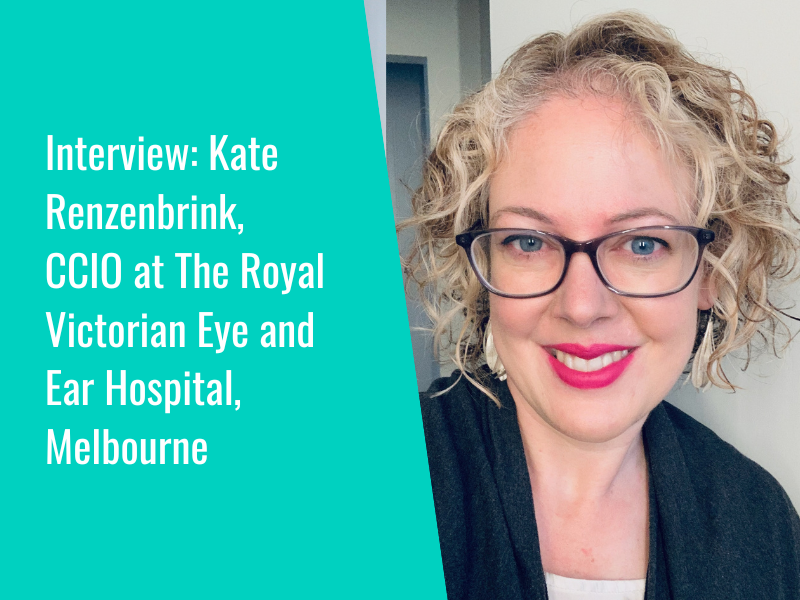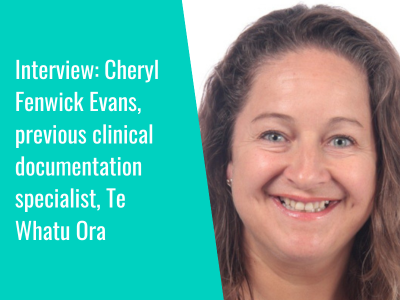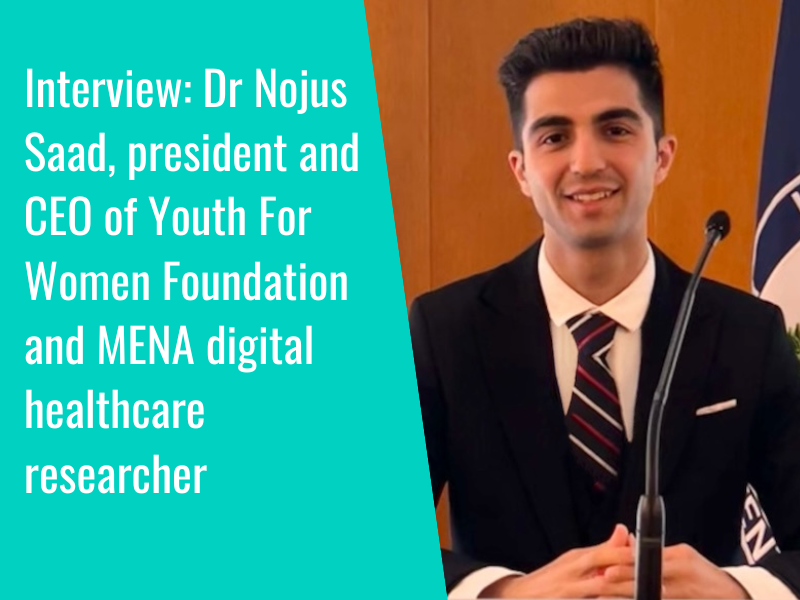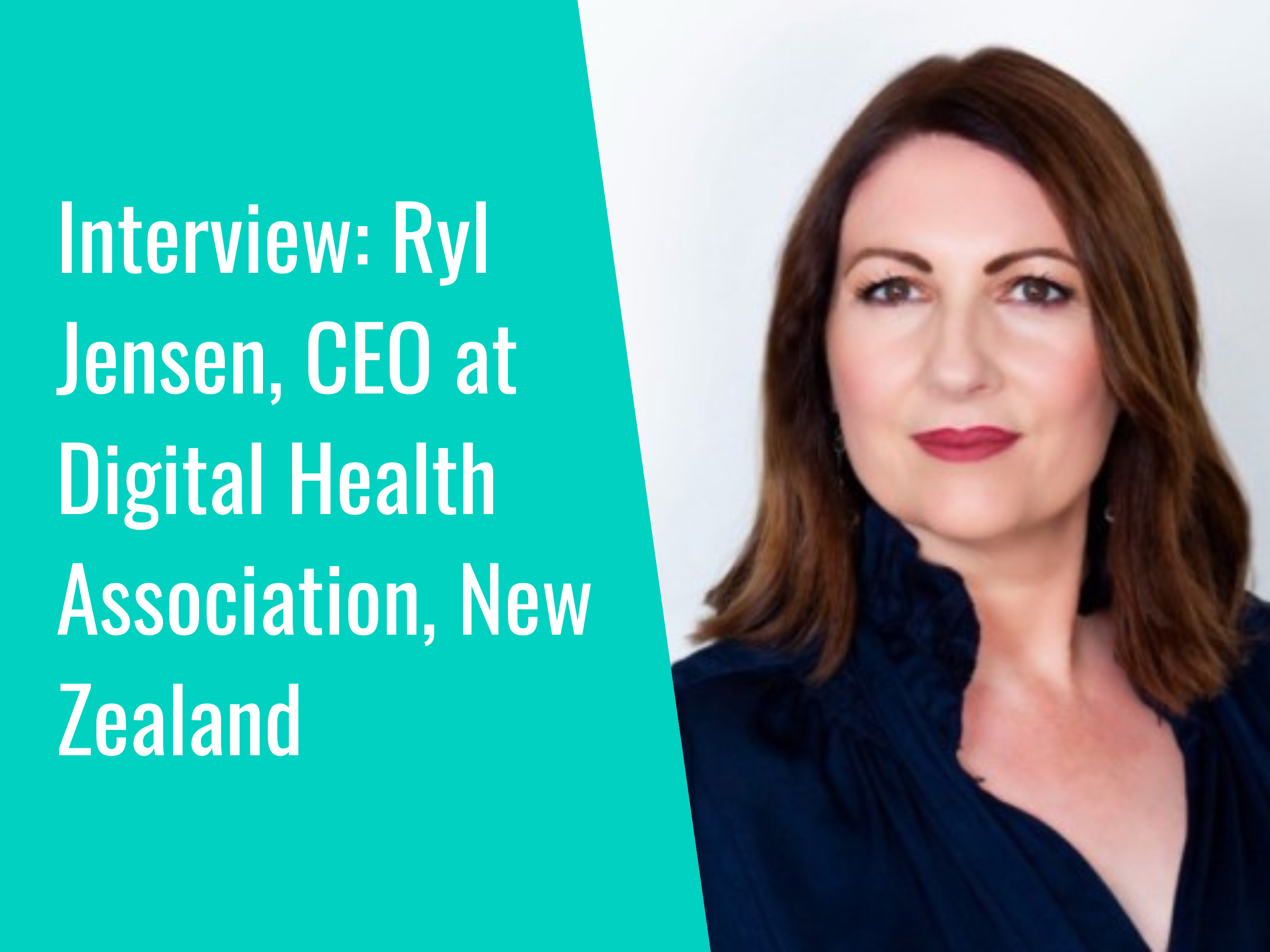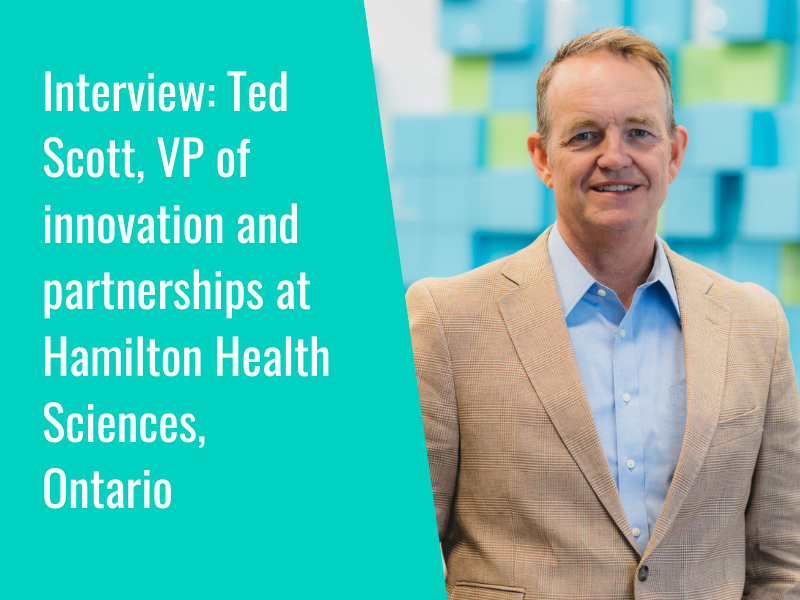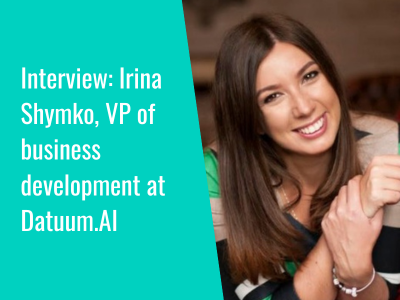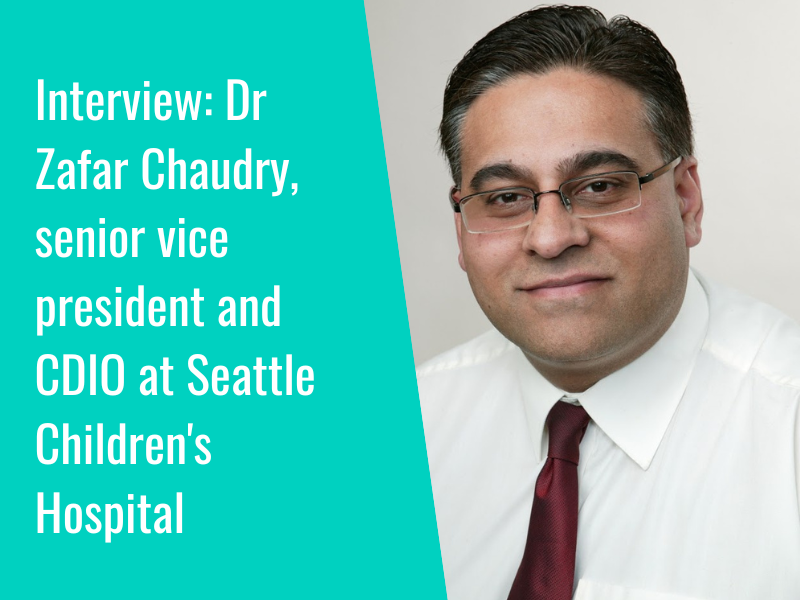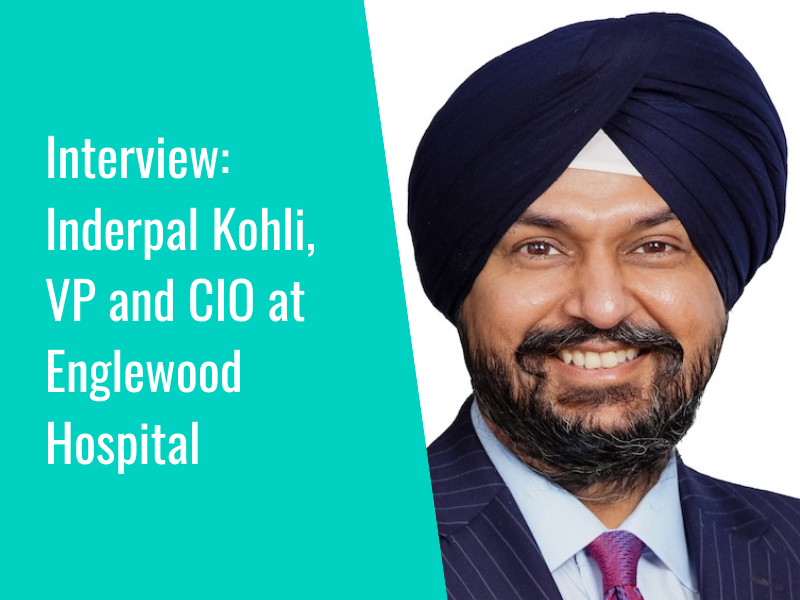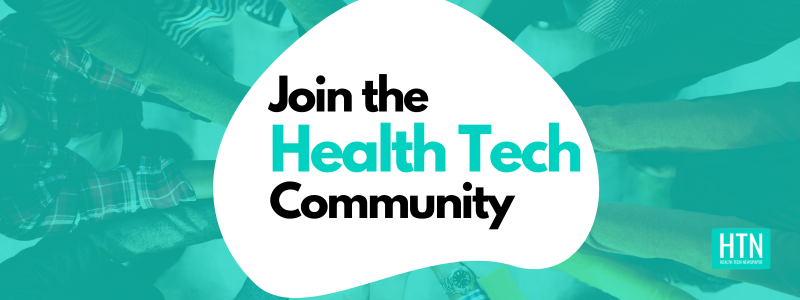We recently had the opportunity to chat with Kumar Satyam (Satyam), digital health consultant and chair for the technical committee at HL7 India. Satyam discussed his views on the importance of interoperability and de-centralisation within healthcare, sharing examples of his work in this area in practice as well as his hopes for the future and his views on the digital healthcare landscape within India.
Starting off by sharing some insights into his current role and remit, as well as his career path to date, Satyam explained how he has previously worked with health tech start-ups such as Karkinos Healthcare, a cancer care start-up where his role as deputy chief product officer focused on standardising the technology platform and bringing different partners on board; and he has also worked for multinational companies such as GE Healthcare and Phillips.
“I am also the convener of the FHIR India Community – that’s a community of health tech enthusiasts primarily interested in interoperability and how it can shape digital health, as well as how the global industry standard FHIR can play a role in that. Like many other countries, India is backing FHIR; our national digital health mission has mandated it. Currently there are around 2,500+ of us within that community, and our aim is to come together and try to solve problems around interoperability. I have been involved in several projects of national interest as a FHIR India Community member, exploring the role of interoperability in Indian healthcare.”
Interoperability and data
What are Satyam’s key interests in this space? “I think it’s really interesting looking back on the history of digital health,” he reflected. “When computers were first introduced, people wanted their paper workflows to be translated onto computers. Paper files became computer folders. Digitisation, at that point, largely meant imitation of the physical world. But digital empowers you to do a lot more than that.”
Satyam noted that the healthcare industry as a whole “has got a bit stuck, particularly when you look to other areas such as e-commerce or finance. They have moved on, but healthcare has clung onto that idea that we just need to copy our physical processes into a digital format. With that in mind, something I find really interesting is the question of how we can liberate our data and de-centralise care. Patient data should move with the patient, irrespective of the patient’s location, and interoperability very much ties into that. The work and opportunity in this area fascinates me.”
A key challenge here, Satyam acknowledged, is that “all across the world we talk about interoperability. There are lots of initiatives trying to ‘solve’ it. But we are still scratching the surface.”
Pointing to the high levels of interest and discussion around artificial intelligence in healthcare, Satyam said: “At the core of this, the fundamental to AI is the data. We need to be looking at how we are going to liberate that data and use it. Interoperability plays a vital role in the revolution of AI because it ensures that your data quality is maintained and your data provenance is there. Interoperability is the key to focus on for all of this.”
He also noted how improved interoperability can help with progressing research, trials and the development of tools and systems, given that trials are based on the data that is available and that teams can get hold of, which may or may not be representative of the populations tools are designed to serve. “Bias inevitably gets introduced because somebody is processing the data, somebody is trying to label and make meaning out of it. If we get interoperability right, from the origin, it will try to maintain that source context. That has the potential to reduce a lot of bias that we see in system data.”
Interoperability in practice
Reflecting on his career in the digital healthcare space, Satyam highlighted two projects that stand out to him in particular with regards to their impact.
In a previous role, Satyam worked on getting the organisation’s legacy electronic medical record (EMR) system to a level of compliancy with US regulations, and to improve its interoperability. “The scope was small at first – we looked at the EMR, we looked at the regulation, and we thought that we could see how to make it compliant. But when we started the journey, we realised that the legacy system brought its own challenges – both in terms of the technology itself and the knowledge of the tech. As the tech was old, we were very restricted in terms of having people on-hand with an in-depth understanding of the system we were working with.”
However, whilst working on this transformation, Satyam’s team realised that updating the EMR held a lot of business potential beyond simply making the system meet a regulation.
“With systems such as EMRs, there are a lot of third-party providers out there who will take advantage of the software to provide value-adding services to your customers,” he explained. “But because these third parties have access to your systems, sometimes their activities can cause downtime. So when we were doing the modernisation, we identified this as a business opportunity: we could certify the third-party vendors by launching an official certification programme. In the first year itself the programme was a big hit; we got around 70 vendors to sign up and get certified. From a legacy modernisation project, which was a cost, we moved into a business revenue space.”
This project led to several other initiatives. Satyam said: “The learning here was that when you start something, it’s good to keep your mind open. Don’t focus solely on the task that you have come in to do and nothing else. Possibilities emerge, and you can look for ways to tap into them. If you can tap into them, this is an indication of your organisation’s readiness to change.”
Another project Satyam worked on “really highlighted the power of interoperability and de-centralisation,” he said. The project focuses on cancer care, with Satyam referencing for context the rising burden and impact of cancer. He noted that in India, there are “limited centres of excellence for cancer – but when somebody is diagnosed, they want to go to the place where they think they will get the best care. This intensifies the burden on that institution, it increases wait times, and cancer is not a disease that waits.”
Whilst cancer care does have largely standardised protocols, Satyam continued, his team at Karkinos Healthcare sought to standardise that protocol more. “We wanted to take the knowledge and guidelines around cancer and standardise all of it, making it accessible digitally, so that people can get the same high-quality care for their cancer regardless of their locality.”
Satyam described how he led a project to connect all of the data from specialty hubs and treatment centres as well as smaller care centres. “We needed to make sure that there was a network for all this data to come together to support optimised care. It comes back to that point about liberating patient data and making it flow through the network and system, so that wherever the patient presents, their information is there. So we took on that project to try and make all of that data flow through our network, and we were fairly successful with it – we had around 70 centres connecting, which is proof of concept. It showed that it can work.”
Satyam also highlighted an initiative that the government of India has been running, which involves an attempt to digitalise the Indian healthcare ecosystem. “They are trying to say that for a country of 1.4 billion population, you cannot have a central repository. The volume is too high to be managed centrally. India is large and diverse, so we need a de-centralised, federated network. This would mean that the health data remains at the source, but on demand it can be exchanged to the location where it is required. So that’s something we are working on in India at present. There are now around 350 million health records on that network.”
Digital health in India
The majority of the population in India have access to smartphones, Satyam noted, including smaller cities and villages, and data tends to be quite cheap with WhatsApp as the preferred mode of communication.
“This means that our population is quite digitally apt – they generally know how to operate a smartphone and use apps. E-commerce is a booming sector over here, so people are experienced with that. They also tend to be very mobile-first in their approach; most won’t use a laptop or computer. However, when it comes to healthcare, I would say that we are still lagging behind. The reason for it is not the appetite, but the lack of awareness for where they should go. People want to know about their disease, they want to manage it, but there is definitely a tendency to go to Google first and treat that as a diagnosis.” Ultimately, he said, it comes down to not having a proper trusted digital source for healthcare.
It is the same with staff, he considered. “Our workforce is definitely overworked. India has a huge population, and the ratio of healthcare staff to citizens is really low. It gets worse as you move towards the rural areas. In those areas, you’ll find several villages relying on one doctor.”
In line with this, Satyam continued, much of the Indian healthcare workforce prefers to communicate with patients via WhatsApp, to help them reach as many people as they can.
“I would say our staff are generally digitally savvy, but current user experience of digital health apps leaves a lot to be desired. There is a lack of infrastructure and a lack of digital solutions offering what our workforce actually wants. Tools don’t offer the same simplicity as WhatsApp, so why should they change what they are doing?”
However, Satyam said that India is a “fertile ground for innovation. If a digital solution comes along and it gives people what they want, it will be hugely successful.”
Learnings and advice for building a digital workforce
Satyam noted that digital healthcare “can have a lot of different personas, and each persona has a different requirement. Somebody working in the admin side has very different needs to a clinician or a nurse, and their digital literacy may also be different. When we are building our digital health enterprise, these personas and their requirements need to be identified. Crucially, you need to anchor the digital aspects of their roles around the benefits that they themselves will realise. If you’re anchoring to the organisation’s overall benefit, you may not get the right level of participation. They have their own day-to-day work to be done, their own responsibilities; they need to see the value first and not the additional work.”
Another key aspect of this, Satyam continued, is getting the right tools and training in place; so that people want to come on the journey, and feel supported in doing so.
In terms of approach, Satyam said that in his experience, “it’s best not to take on digital transformation through a big bang approach. I think big bang can look good on presentations in board meetings, but I don’t believe they yield the results people want in the timeframe they expect. I would advocate for localised communities of practice with local champions; empower them, get their processes digitised and get them on board, and then snowball it slowly.”
If you could fix one challenge, what would it be?
“If I could fix one challenge, it would be access to standardised care,” Satyam reflected. “The geography of India is so vast and diverse. People from the north and south of India can be as different as citizens from different countries. I would like to see all of these people having access to the same, standardised care near their home. There is a lot of variability in care out there, not just in India but particularly prevalent here, and it leads to variability of outcomes for patients. That, in turn, leads to lack of trust in the system.”
There are “islands of excellence” in India and other places, Satyam noted. He would like to see the processes from these facilities standardised and applied to all. “Then, using digital means, we can de-centralise. That would mean that whether you receive care in Delhi or in a small village, if the disease is the same and the patient demographic is the same, the treatment should also be the same.”
Being a leader of digital change in healthcare
“I don’t think that being a leader of digital change in healthcare is all that different to being a digital evangelist within another industry, in terms of the role. However, the complexity of healthcare lends challenges. In an industry like e-commerce, there is a set number of components such as the creator of an item, the buyer, the seller. The number of components within healthcare is much larger, and there is a lot of interplay between different companies – regulatory, security, digital, clinician, patient, carer, and so on. On the surface healthcare can look much the same as any other industry, and I have noticed a belief that this is the case from people who come into healthcare from other domains. They see the tip of the iceberg: it’s just digitising a patient encounter, what is the big deal?”
However, from there, the complexity expands. Satyam referenced factors such as drug interactions, allergies, individual medical history, legal cases and so on.
“As a digital leader within the healthcare space, the first thing you need to do is appreciate all of that,” he said. “When leaders don’t have a solid understanding of all this complexity, they can hit stumbling blocks and it can lead to false starts.”
You also need to have a cause to build your digital solution around, Satyam added. “Choose the patient as your central figure. My recommendation would be that the patient should be at the heart of your digital transformation. If you focus elsewhere, such as on finance or business operations, you may succeed partially; but it won’t succeed fully unless your tool, in some way, makes the patient’s life better.”
Many thanks to Satyam for taking the time to share his thoughts and experiences.
- 1
- 2
